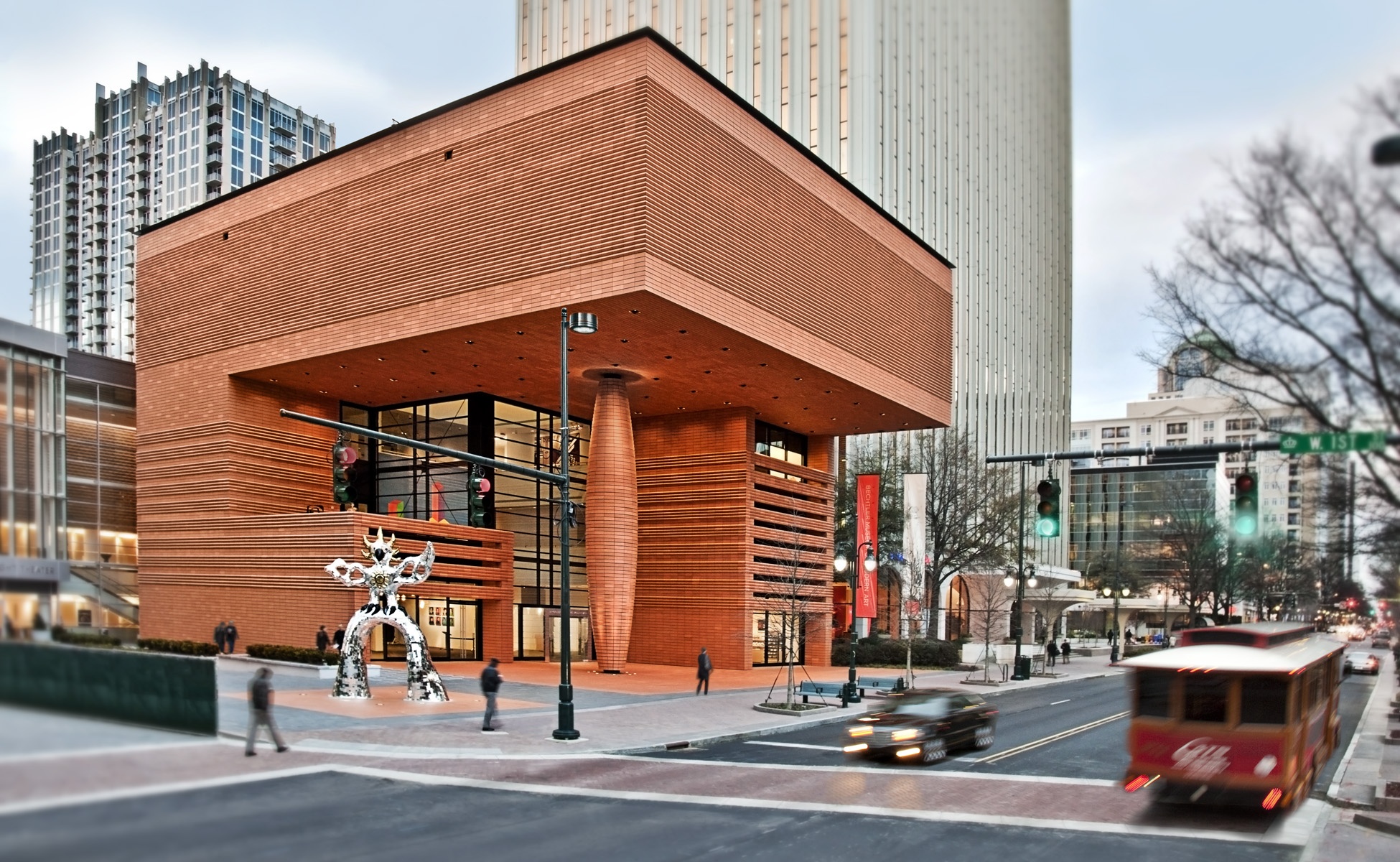Dan Gottlieb’s work at merging photography with painting is an evolution in process.
He’s been at it since the late 1970s, when he began printing large-scale, four-foot square photographs on Kodalith, a graphic arts paper.
These days, he’s stepped it up a notch, though he was admittedly slow in adapting to new technology.
“I have learned to use digital photography – I came to it kicking and screaming but have come to it in peace now,” he says.
These days, he prints his images on large sheets of Plexiglas, using both sides of the transparent, one-eighth- or one-quarter-inch-thick material to develop his art.
“What I do is set up a mirror image and work with a commercial printer who has an enormous flex-jet printer,” he says. “So I print on the reverse side of an acrylic print – when I flip it over I can see the color or line or pattern, and then on the printed side, I paint – sometimes in white or sometimes more nuanced, in four or five colors.”
That’s for the back surface. He then flips it over and work on the front, in finer and finer grades of sandpaper, until he’s developed a velvety finish – and a connection to the subject matter itself.
His process of shooting has evolved into one that’s more simplified, though he still considers it a bit old-fashioned.” I don’t ever want to lose sight of mystery and detachment,” he says. “I prefer to be more universal than pinpointing specific events or social conditions.”
His newest set of 24 images, now on display at Craven Allen Gallery in Durham, N.C., is a study in figures and landscapes and how one is entwined with and rooted into the other.
“It’s about materiality and immateriality – how we are connected to the ground and the earth, as moving particles,” he says.
The show’s on display through Jan. 9.
[slideshow id=1543]

